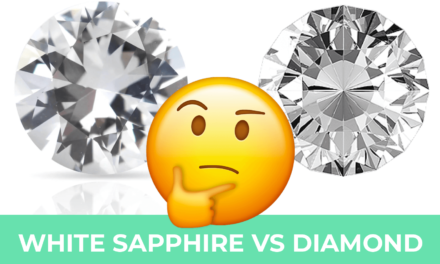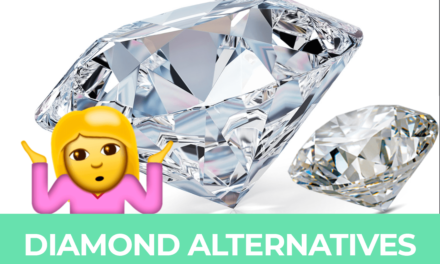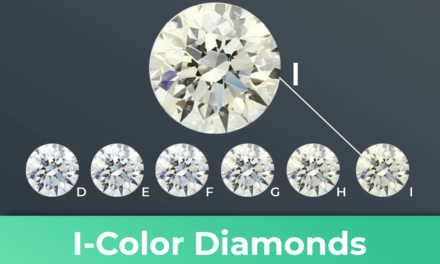How to use diamond fluorescence to your advantage
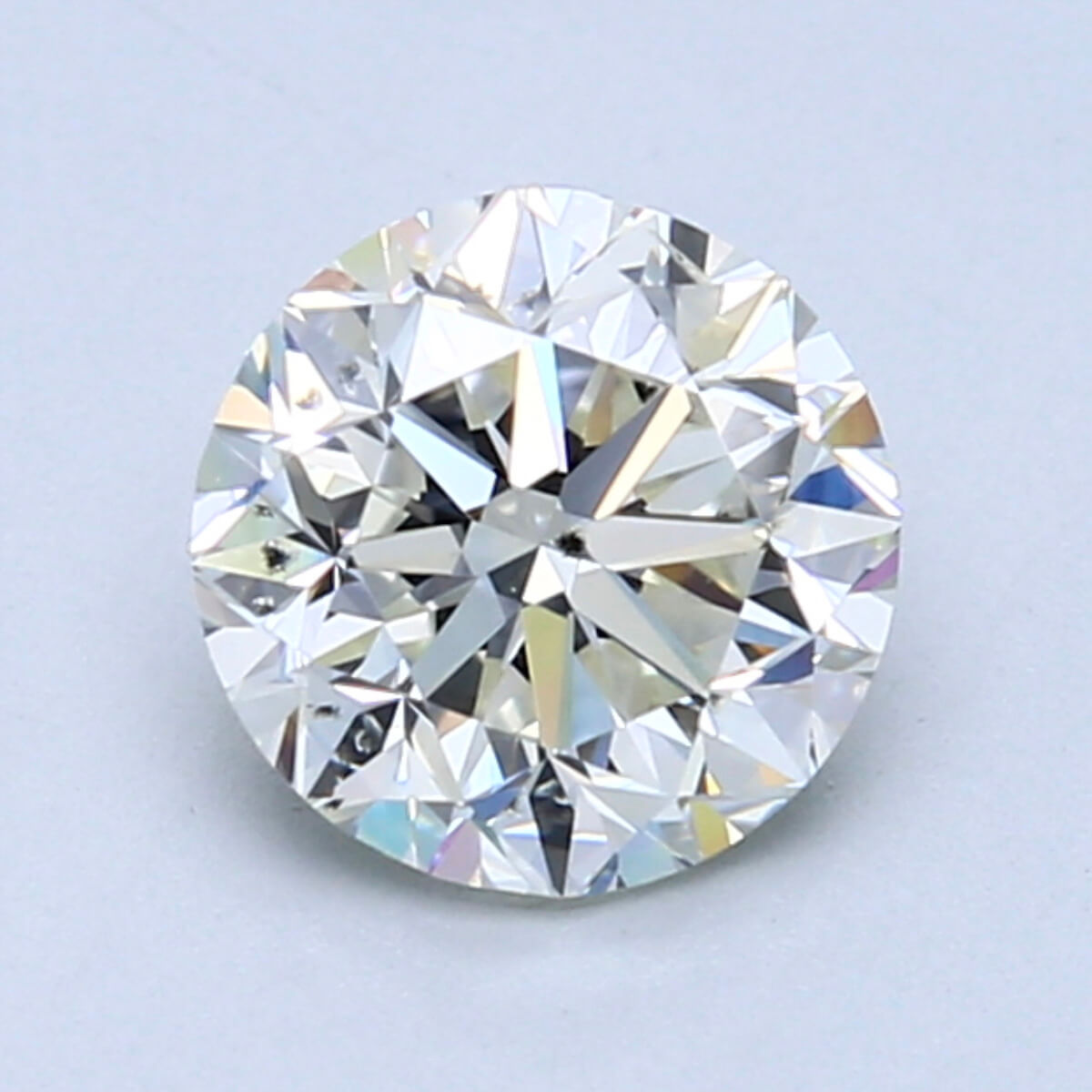

Example of blue diamond fluorescence (click to see)
When you’re buying an engagement ring, there are many factors to consider. One of the most important is the diamond itself – its size, shape, cut, and clarity. But did you know that diamond fluorescence can also be a factor? In this blog post, we’ll explore what diamond fluorescence is and whether or not it’s something you should worry about when buying a ring.
Content overview
Diamond fluorescence summary
- About 30% of all white diamonds exhibit some level of fluorescence.
- While many perceive fluorescence in a diamond as a negative feature, it can sometimes benefit its appearance.
- On the negative end, a diamond with a high level of fluorescence can appear milky or cloudy; you want to avoid those diamonds (this is very rare!)
- On the positive end, fluorescence can help make a diamond with a low color grade appear whiter.
- Most diamonds with fluorescence are about 10% cheaper compared to those without fluorescence.
- The best places to shop for diamonds and filter by fluorescence are James Allen and Blue Nile.
What is fluorescence?
Under certain lighting conditions, such as when exposed to ultraviolet light (UV), about 30% of all diamonds fluoresce. Fluorescent is a soft glowing, often blue light. UV light is exhibited in different situations, such as when exposed to a black light source at parties or under natural light outside.
However, it isn’t the diamond itself exhibiting this light, but certain elements such as nitrogen, aluminum, and boron captured within the diamond. These particles absorb the energy from the UV light and get “excited,” meaning they jump to a higher energy state.
Remember that excited electrons always aim for a stable energy state. They can only achieve this by releasing the absorbed energy, resulting in blue light.
In 98% of the cases, the fluorescence color is blue. However, other colors are possible, such as green, pink, or faint yellow fluorescence. There are also yellow and red fluorescent diamonds.
LEVELS OF FLUORESCENCE AND WHAT THEY MEAN
There are five different fluorescence grades: none, faint, medium, strong, and very strong blue fluorescence.

NONE OR SLIGHT FLUORESCENCE
About 65-70% of all diamonds do not exhibit fluorescence and therefore belong in the first category of “none.”
Slight or faint fluorescence refers to a diamond exhibiting minimal amounts of fluorescence.
Note: Interestingly, only natural diamonds exhibit various levels of fluorescence. Lab-created diamonds almost always have no degree of fluorescence.
MEDIUM FLUORESCENCE
In some cases, medium fluorescence levels can lead to hazy and less transparent diamonds. However, this is rare (less than 0.2% percent of all fluorescent diamonds).
To give you an example of what this would look like, look at the two comparable diamonds below.
The one on the left is graded as medium fluorescent and has a milky appearance, whereas the one on the left isn’t and looks very bright.
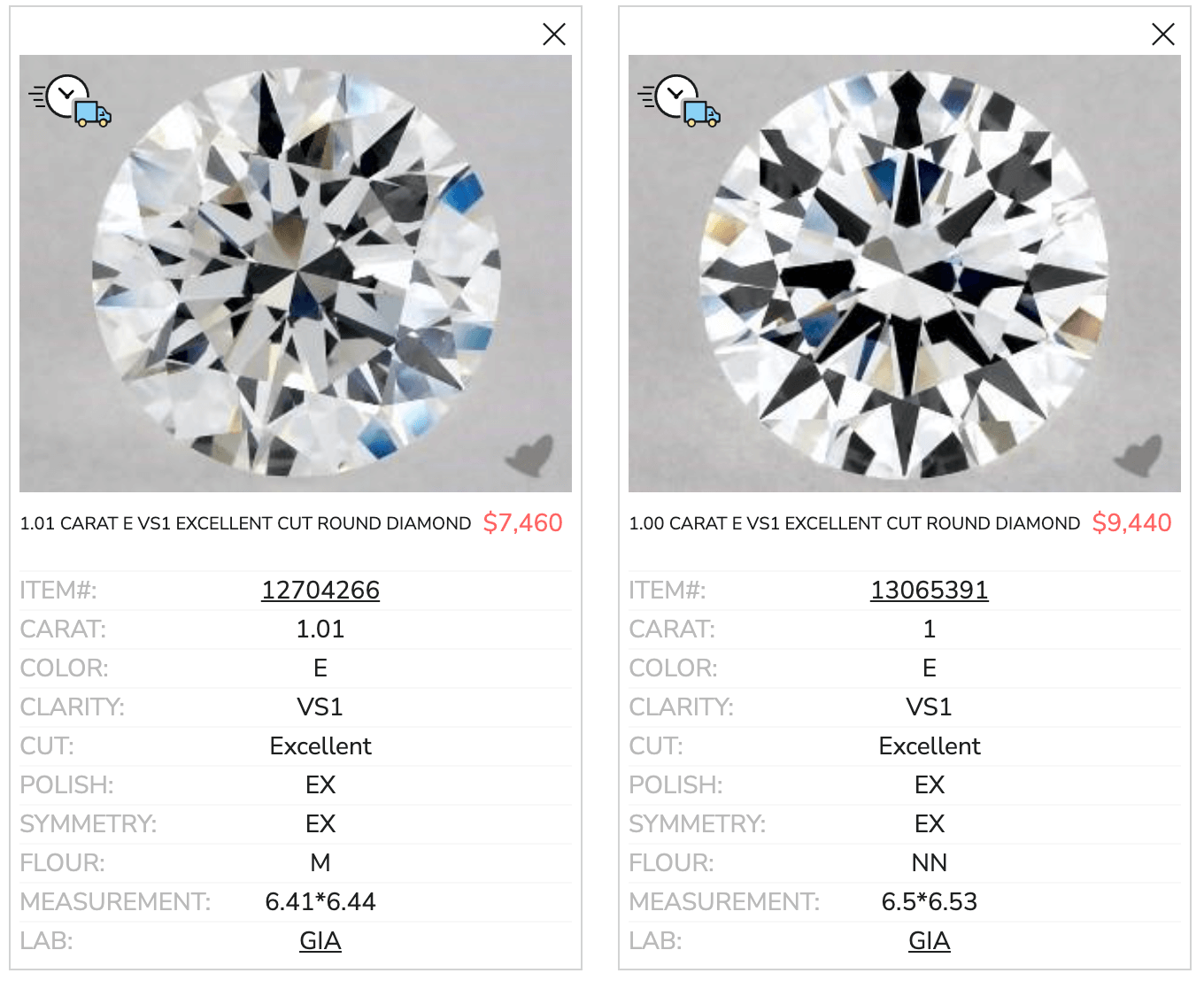
While rare that the diamond will appear milky, you should always carefully inspect a fluorescent diamond before purchasing.
STRONG BLUE FLUORESCENCE AND VERY STRONG FLUORESCENCE
Diamonds with very strong fluorescence are more likely than medium fluorescent diamonds to look hazy or milky. However, according to influential GIA studies, less than 0.2% of fluorescent diamonds exhibit this effect.
You are more likely to find this flaw with diamonds in the colorless range. Diamonds with low color grades are rarely affected by this appearance.
Good to know: If you buy diamonds in the colorless range with strong fluorescence, you can get a beautiful blue-icy look when exposed to UV rays.
How Diamond Fluorescence affects the diamond’s appearance
The effects of fluorescence on the diamond’s appearance vary. According to GIA, most people cannot tell a fluorescent diamond apart from a non-fluorescent diamond. Moreover, many people seem to prefer the look of a fluorescent diamond over a non-fluorescent diamond.
Here are some further interesting facts about the visual impacts of fluorescent:
- Fluorescence does not affect the diamond’s brilliance or sparkle, which is primarily determined by a diamond’s cut and clarity
- Diamond’s fluorescence can affect the brightness of a diamond (it can look milky or cloudy). However, this applies to less than 0.2% of fluorescent diamonds
- In some instances, fluorescence can improve a diamond’s appearance by making it appear whiter, e.g., if the diamond’s fluorescence is strong and the color grade low
WHEN DIAMOND FLUORESCENCE CAN BE BENEFICIAL
In certain cases, you might want to choose a diamond with fluorescence.
That’s because if no haziness occurs, fluorescence can benefit a diamond if paired with lower color grades, such as H-K colored diamonds (not so much in the colorless range).
As you know, in this color grade, diamonds have visible shades of yellow. The fluorescence in diamonds counterbalances the yellow shades, and thus your diamond will appear whiter when exposed to UV light.
Take a look at these two loose diamonds below. They have the same parameters (i.e., same color grade) but differ in the level of fluorescence. The one with strong fluorescence looks slightly whiter than the one without.
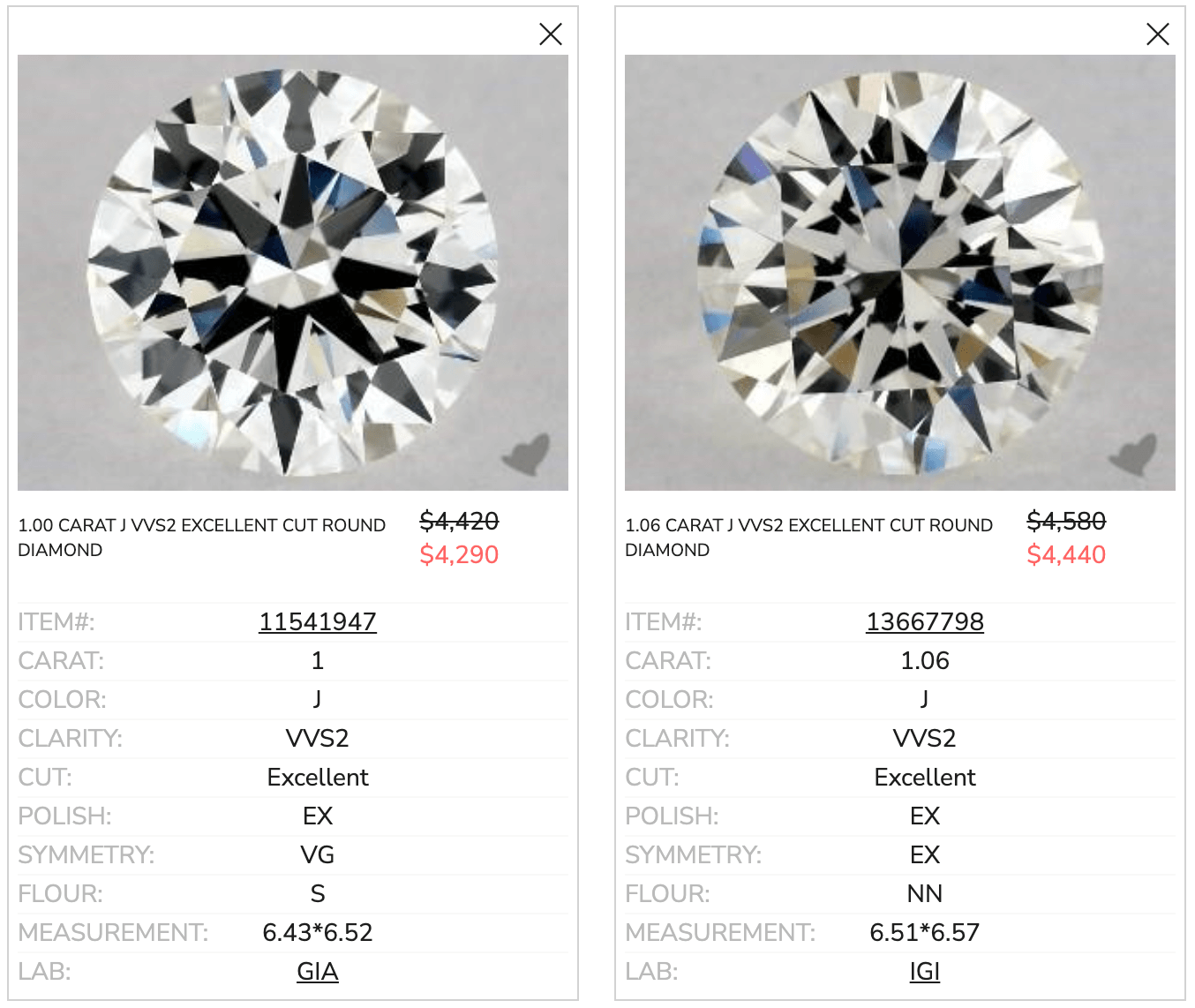
If you are considering a diamond with a low color grade, I recommend that you specifically look for diamonds that exhibit fluorescence.
You can filter diamonds on James Allen by fluorescence if you select “Advanced Options” and check “Medium” and “Strong” under “Fluorescence.”
If you click on the buttons below, it will lead you directly to the respective fluorescence level setting for a 1 carat round diamond:

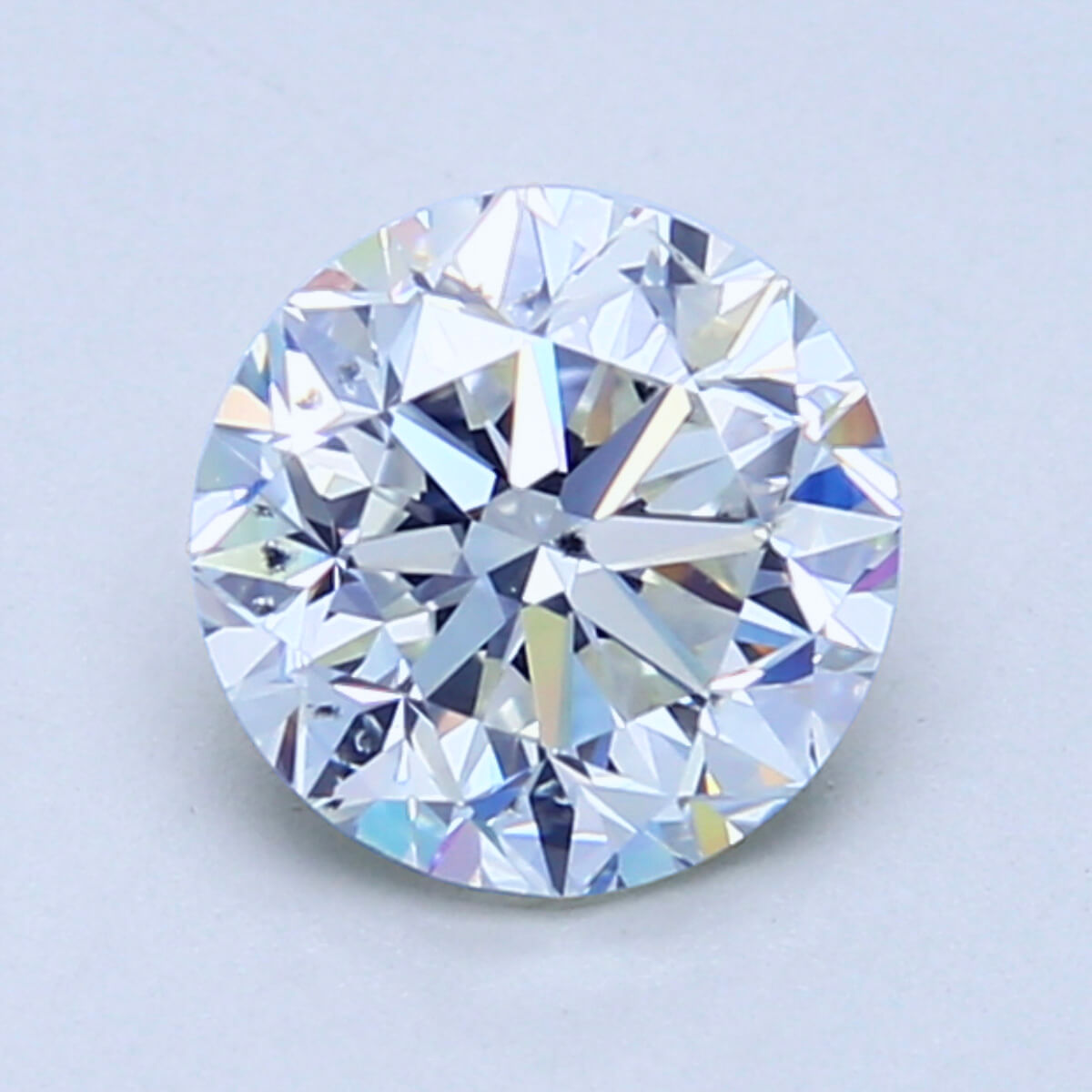
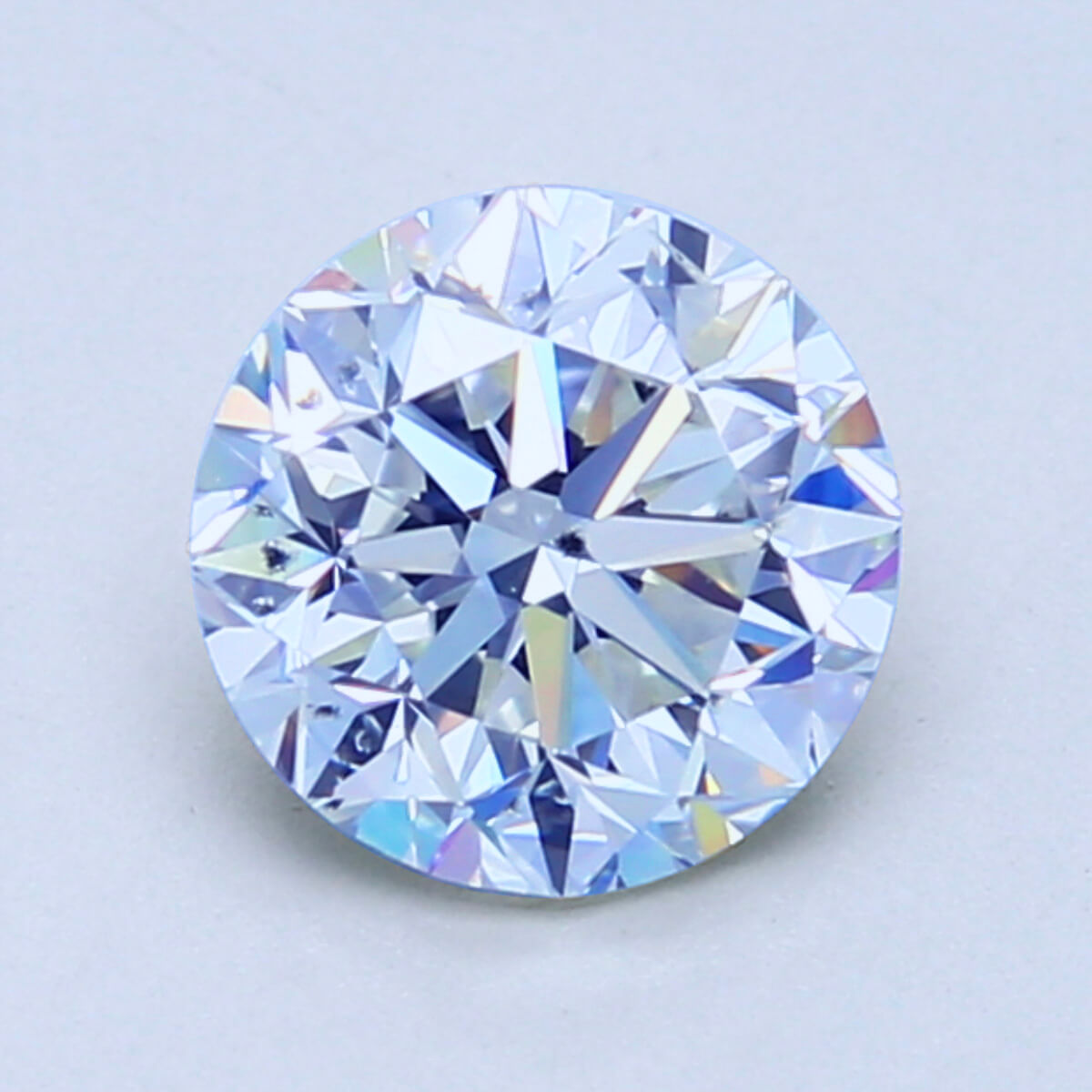
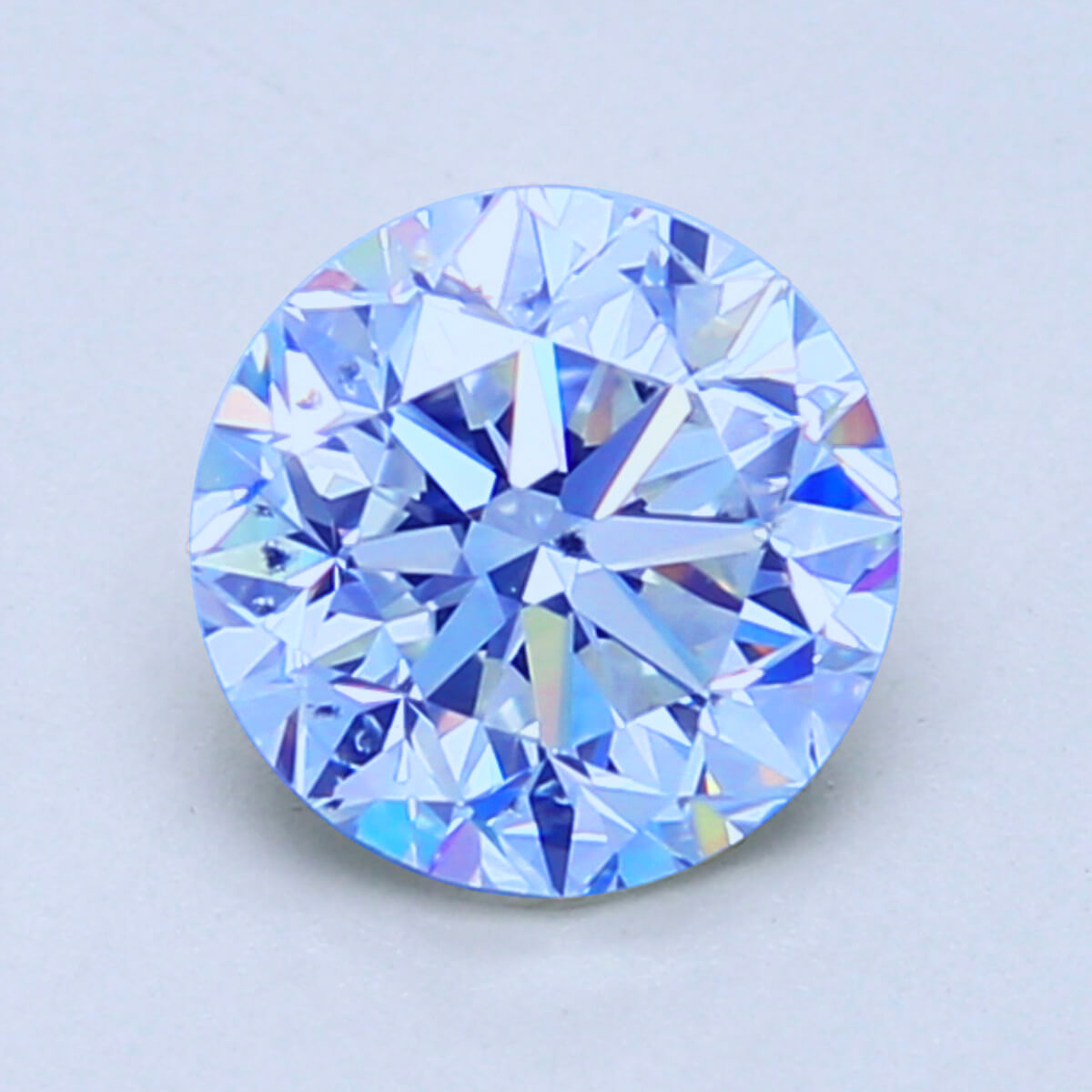
HOW FLUORESCENCE IN A DIAMOND AFFECTS THE DIAMOND PRICE
Diamonds with fluorescence are usually 10% to 15% cheaper than comparable diamonds because many people perceive them as flawed.
For example, take a look at the two almost identical diamonds. The one with strong fluorescence is $670 cheaper than the one with no fluorescence or 10%.
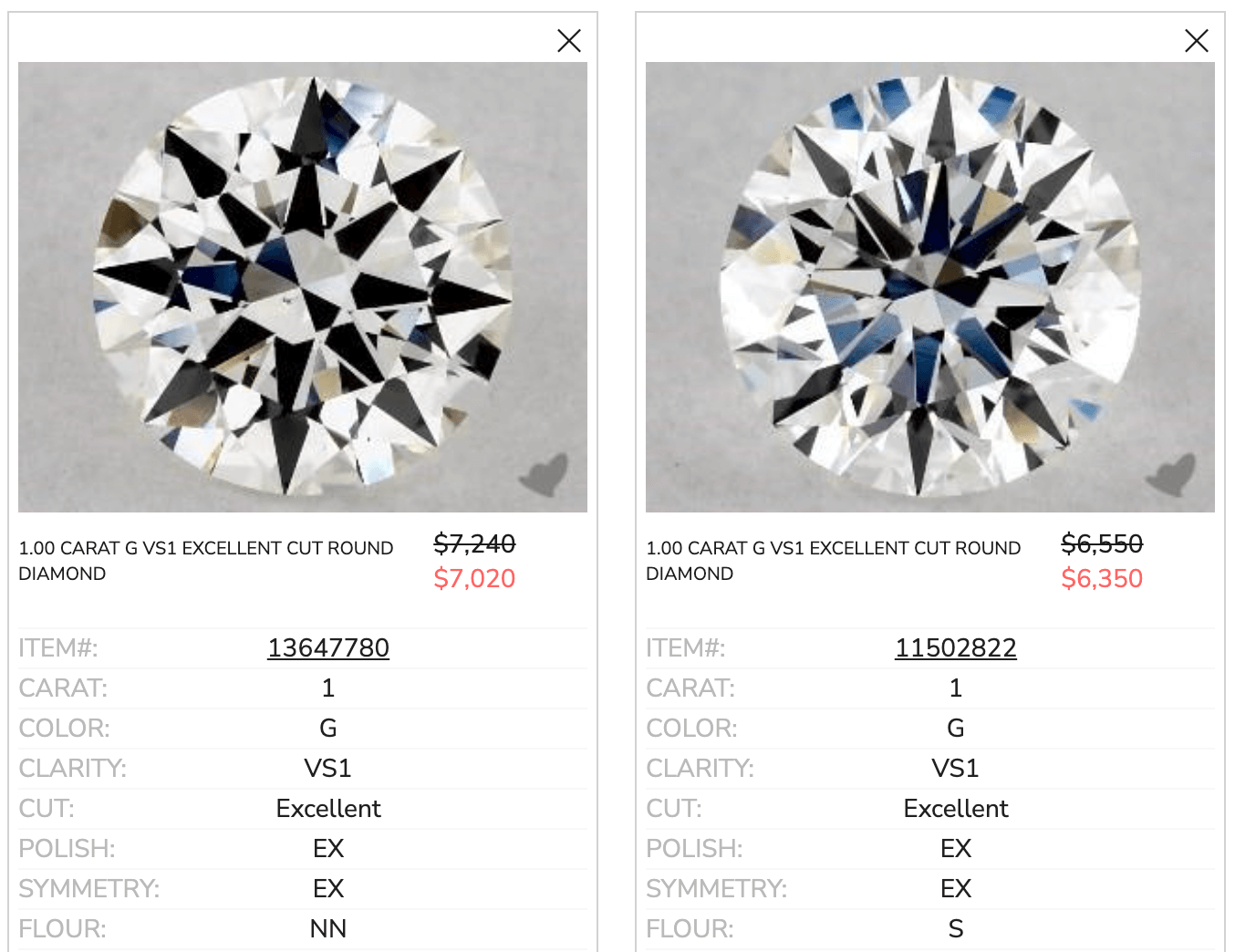
The same is true for the two diamonds below:
Since you now know that diamond fluorescence is not always a bad feature, you can confidently make an informed purchase and save money.
Conclusion: Is diamond fluorescence good or bad?
Not all diamonds exhibit fluorescence, and those that do can often benefit from it.
The GIA estimates that only 0.2% of all fluorescent diamonds are negatively impacted by the presence of fluorescence and can appear milky and cloudy.
On the positive side, diamonds with strong fluorescence and a high color grade can appear blue white, which most people prefer.
Additionally, diamonds with a low color grade can benefit from medium to strong fluorescence since the blue color can counterbalance the yellowish tints in a white diamond.



